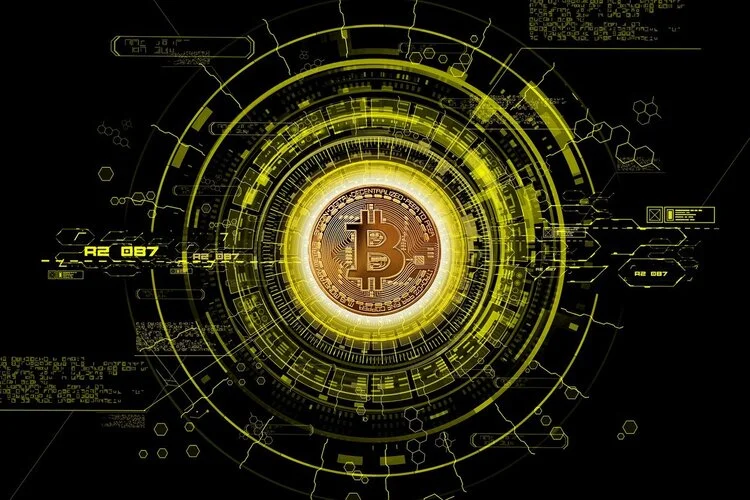Technological Solutions for Sustainable Development
There is a range of aspects affecting the world now and then. These are innovations at the level of sustainability. From education to finance, everything today works based on technology. To know technology can shape the look of sustainable development, a project related to sustainable developmental goals was launched in 2015.
It aimed to bring together several countries across the globe to manage some of the most heated issues in the world. The seventeen global goals aim to build more sustainable growth by the end of 2030.
The new generation relies entirely on technology and digital opportunities. It is our responsibility as global tenants to ensure we work combinedly and make the best of every opportunity provided to us. These technological solutions will shape a better future for the present and the future generation.
Technology, as a revolutionary change, has shaped our lives to a great extent. But, have you ever thought about how to use it in our day-to-day lives to bring a positive change in our future? Technology can be used in multiple ways to make our future more sustainable and improve our daily routine.
The most recent sustainable developmental goals, reported by the UN, recognize technology as an important factor in achieving goals. According to a PwC and World Economic Forum study, people rely on technological innovation to progress with the targets (two-thirds of the total 169) within the Sustainable Goals.
The news also covers Fido tech, which recently strengthened its commitment to sustainable global growth. This happened just after Annabel Miller was appointed as the Director of Culture and Talent. The big tech establishment has also partnered with the independent consultant group WRC to work through the challenges posed by water insecurity and climate change. These two issues are the pressing ones in the coming times. To cope with them, we need to implement promising technological solutions.
Technological innovations have been unavoidable in recent times. Take a fresh look at where these innovations are taking you, and know where sustainability is heading universally. When asking experts, they came up with some of these ideas.
Public Electric Transport
It is no more a question of an individual vehicle owner having better access to electric vehicles. The recent stats show the availability of 160 electric and hybrid vehicle models worldwide today. China is a living example of how 3 lakh electric buses roam through the city streets daily. The widespread adoption of electric vehicles in China is an economic coup and a technologically stable policy.
European cities are expected to follow this suit. These buses have a higher acquisition price due to additional battery costs. However, the total cost of ownership or the TCO is lower due to the savings in diesel. Also, these eBuses eliminate certain particularities, including NOx, SOx, and CO2.
Inexpensive Energy Storage
The new age of electric vehicles has expanded the market base for cobalt and lithium batteries. This has drastically reduced the price of these as well. Nine years ago, lithium-ion batteries cost $1000 per kilowatt, and now the cost has been reduced to $200 per kilowatt. The expansion in the market for these batteries has multiple implications.
Industries are extracting a wider usage of these batteries, they are kept as energy storage solutions. The prices are going down, which has reduced power costs, made power systems more flexible for operation, and increased resilience and reliability. Access to cheap energy storage hints at the need to change utilities quickly.
An effective way is to distance yourself from a variable rate structure and acquire a fixed fee to access grids. You can also revise your grid planning approach by increasing nodal planning.
Plastic Recycling
Research shows 260 million tons of used plastic waste are generated globally annually. The matter of concern is only 16 percent of these are recycled. The industry has an opportunity to distance itself from a take, make, and dispose structure and adopt a circular business model.
This model will aim to discard waste from every sector and bring social, economical, and environmental benefits. A promising circular model process is pyrolysis. It uses heat blended with a no-oxygen zone to reconvert waste (made of plastic) into liquid feedstock. This leads to economic and environmental benefits supported by a recycling-based tool that fetches profits.
Electric Trucks
Individual vehicles are grabbing the market attention more realistically these days. This could hint at how commercial fleets would follow suit in the coming times. A few years ago, eTrucks or electric trucks adoption was cost-prohibitive.
The electric vehicle infrastructure and the cost competitiveness are why the TCO is at par with diesel trucks. It is anticipated that adopting BECVs or battery-electric commercial vehicles in the light and medium sections could surpass the sales of electric vehicles in the market by 2030.
LED Lights
Energy-efficient LED lights will soon replace the traditional incandescent bulbs used in American homes. It is anticipated to achieve 84 percent of the market share by the end of 2030. LED lights will mostly reduce consumption by 40 percent in 2030.
This adds to a total savings of $26 billion, which can be adjusted to today’s energy prices. According to the Department of Energy, these are dramatic cost savings, but the United States can still witness an extra 20 percent energy savings concerning increased investment in LEDs.
How to Approach Sustainable Development Goals: Conclusion
There are three ways we can harness technology to attain sustainable development goals and make a better world.
Replacement: Using technology to replace a manual process entirely. Consider digital signatures and compare them with traditional signatures, it improves efficiency and reduces paper waste.
Optimization: It uses technology to design processes more efficiently through automation or data. It includes the implementation of optimization algorithms in the overall production process. This increases reliability and productivity as well.
Redesign: Redesigning is about reinventing a product or service and creating a new business model. This gives people access to a product that already has some problems. Innovating it using techniques to reduce the usage of resources in the future and contribute to sustainability.







